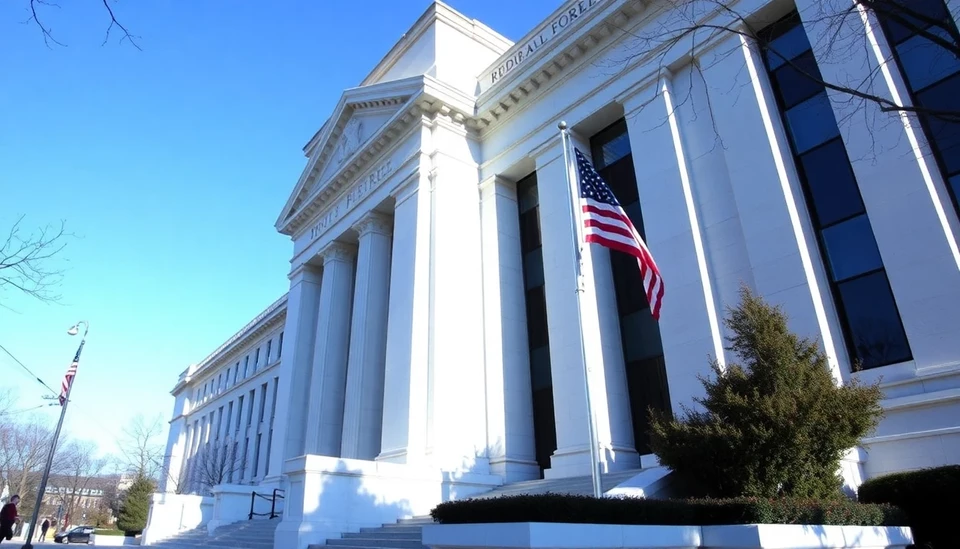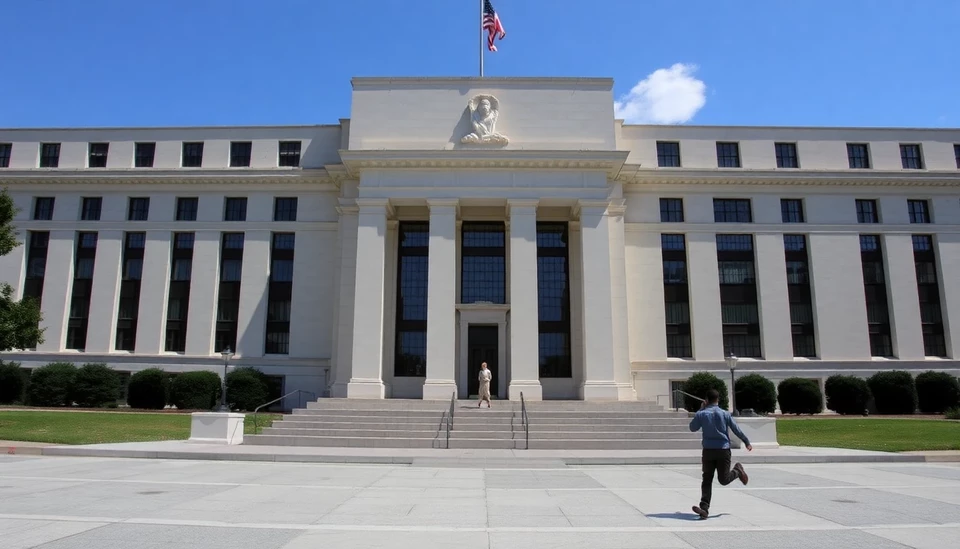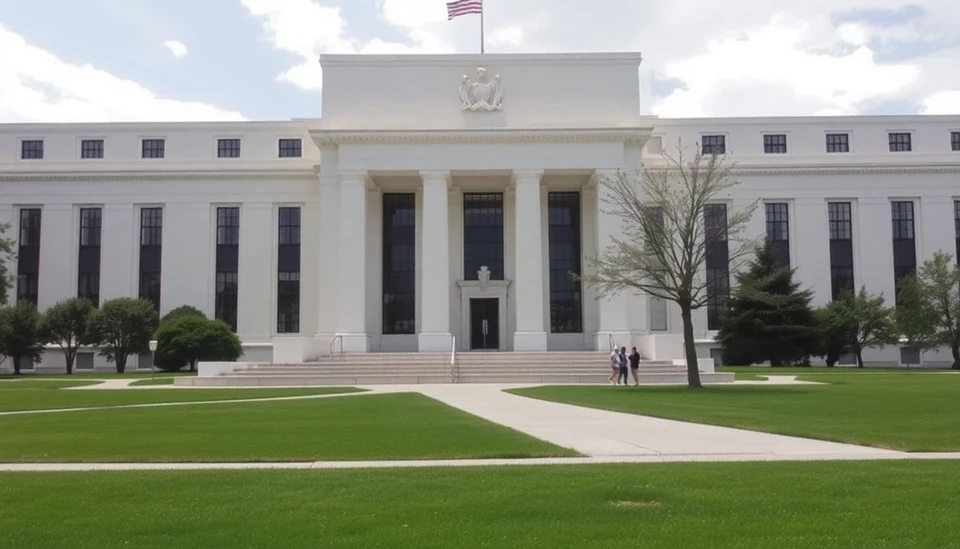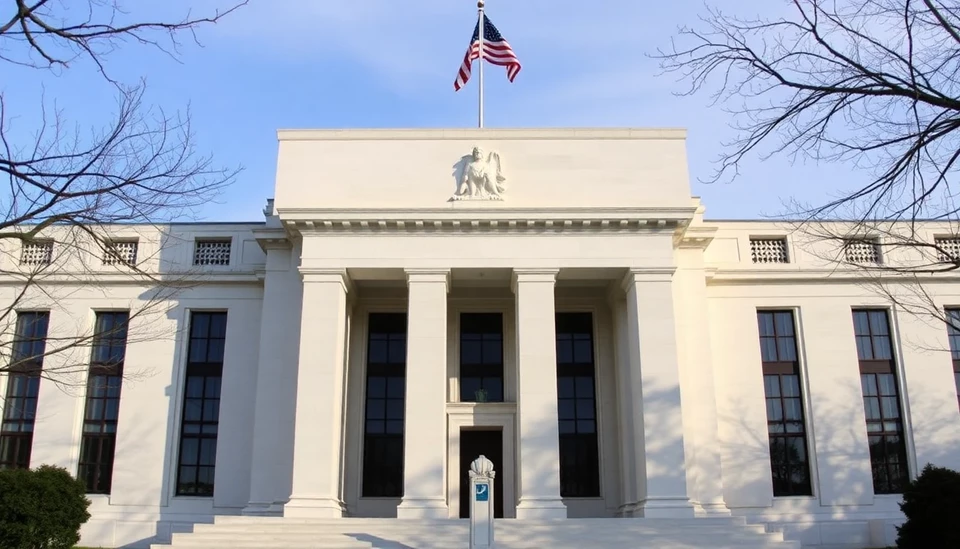
Recent economic data has shown that the Federal Reserve's favored measure of inflation is projected to decrease, signaling a potential easing of price pressures in the economy. The gauge, known as the Personal Consumption Expenditures (PCE) price index, is set to record its lowest level in seven months, a development that could influence future monetary policy decisions made by the central bank.
Analysts following the PCE index have noted that this anticipated dip to a rate of 5.3% in January, down from December’s figure of 5.5%, may provide the Fed with the necessary confidence to proceed with its strategy of gradual interest rate adjustments. The PCE index is highly regarded by the Federal Reserve as it better reflects changing consumer behavior compared to other inflation measures, such as the Consumer Price Index (CPI).
This easing trend comes at a time when the Fed is closely monitoring inflation data, contemplating its next steps in adjusting the federal funds rate. Notably, the inflationary pressures that surged during 2021 have begun to stabilize, impacting how policymakers evaluate ongoing economic recovery and maintain a balance between curbing inflation and supporting growth.
The decrease in inflation readings has sparked discussions among economists regarding the sustainability of economic recovery and whether the central bank's current approach to managing rates is adequate. While some predict further decreases in inflation, others remain cautious, suggesting that external factors could influence future trends significantly.
Given the complexities surrounding the current economic landscape, the Fed's upcoming meetings will likely be pivotal in shaping monetary policy. A sustained decrease in the PCE index could lead to a more accommodative approach, whereas any signs of resurgence in inflation may prompt tightening measures.
The implications of these inflation indicators extend beyond the immediate economic outlook, as they could affect consumer spending, investment decisions, and overall market stability. Stakeholders, from consumers to large corporations, are keenly observing these developments as they navigate the uncertainties ahead.
In conclusion, as the data unfolds and the Fed prepares to react, the financial community waits with bated breath to see how these shifts in inflation may play into broader economic strategies. The PCE index’s decrease serves as a signal of changing economic conditions and sets the stage for potential changes in the central bank's approach to monetary policy in the near future.
#FederalReserve #PCE #Inflation #InterestRates #Economy #MonetaryPolicy #EconomicData #ConsumerSpending
Author: Laura Mitchell




